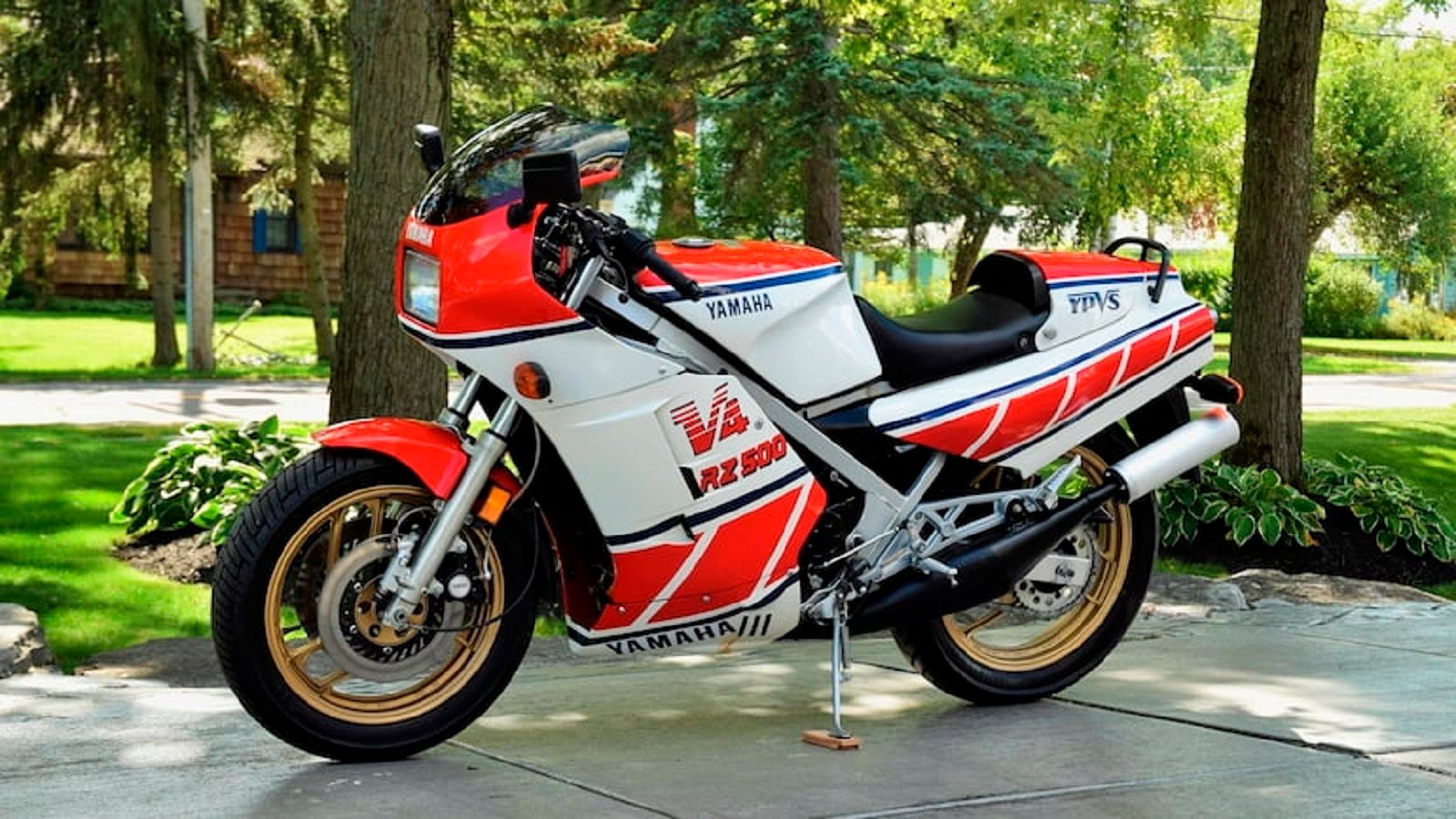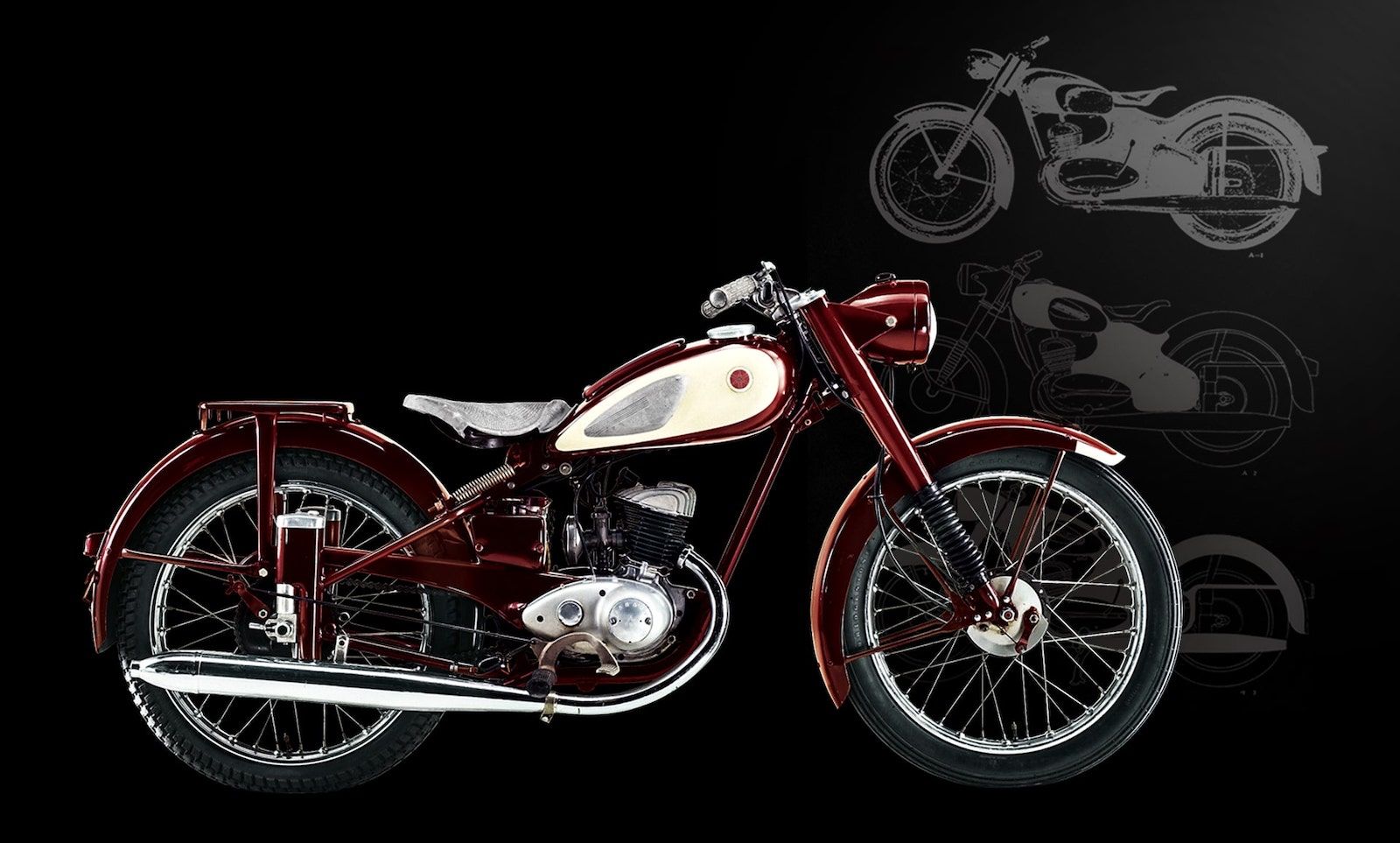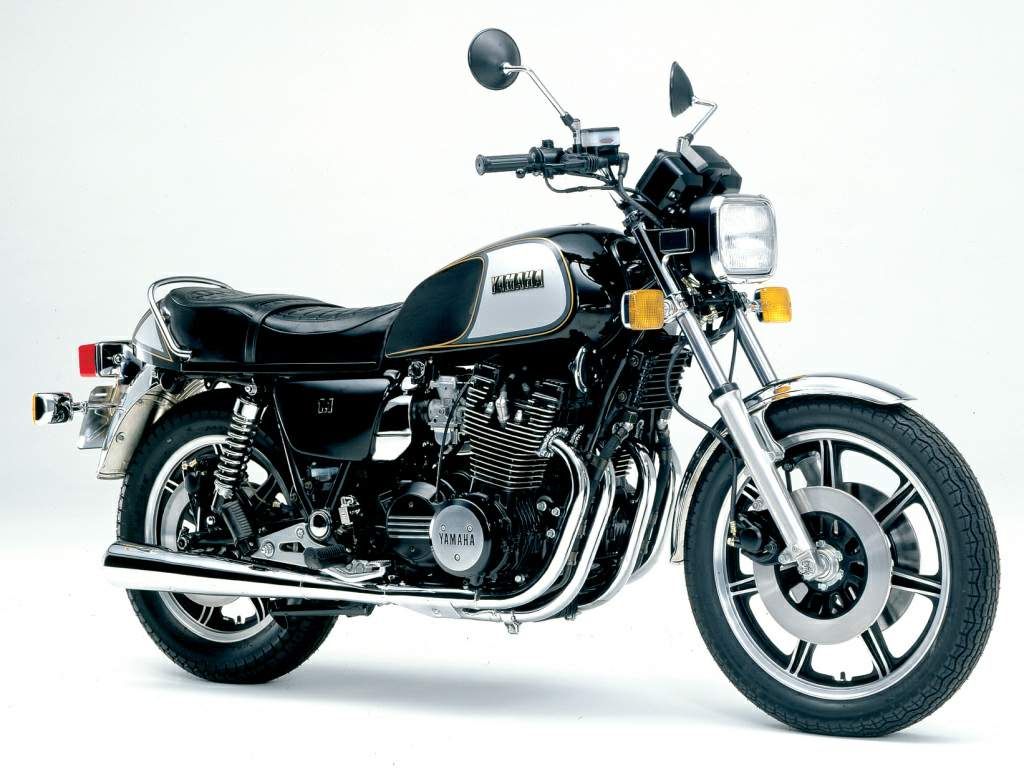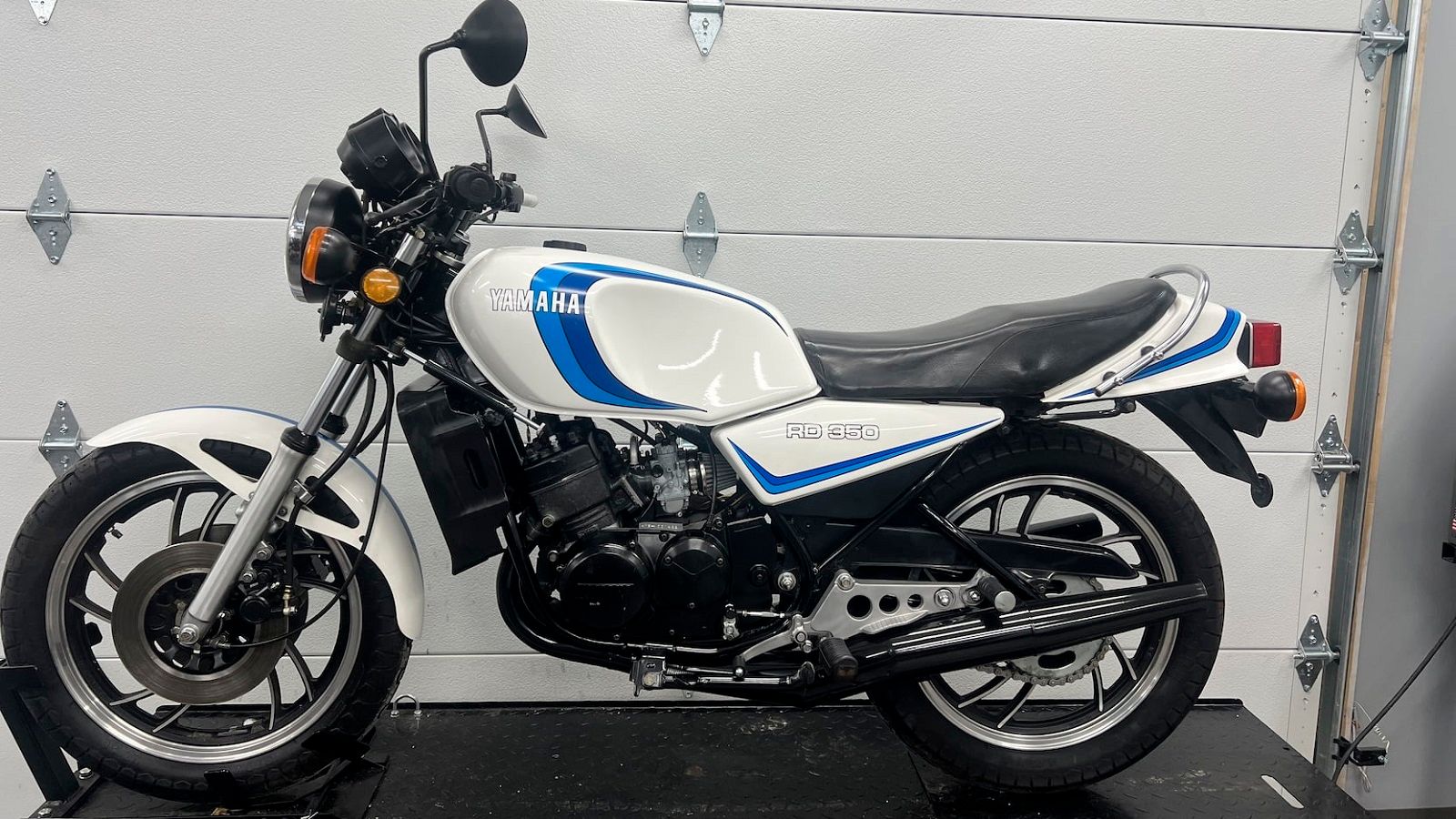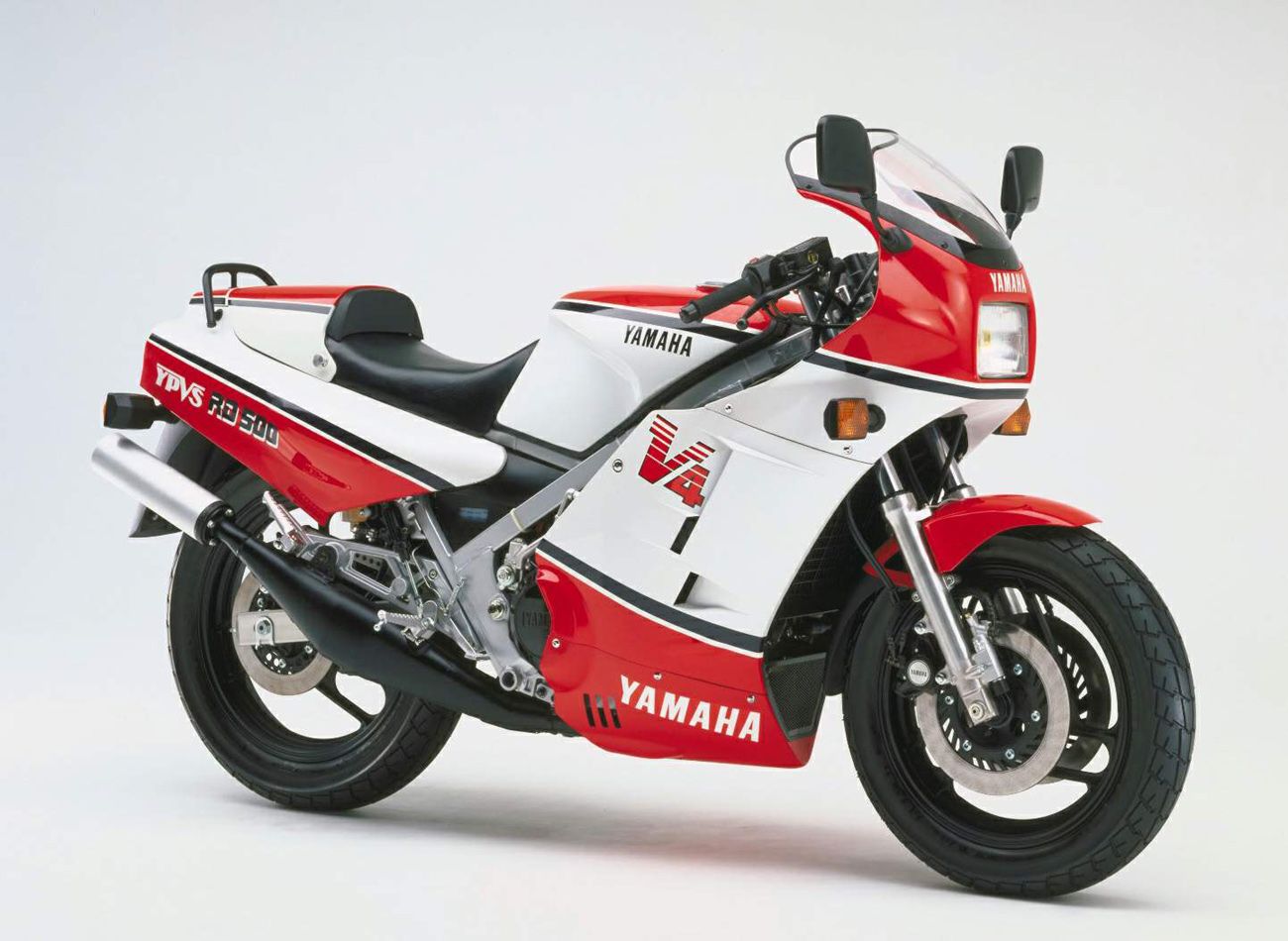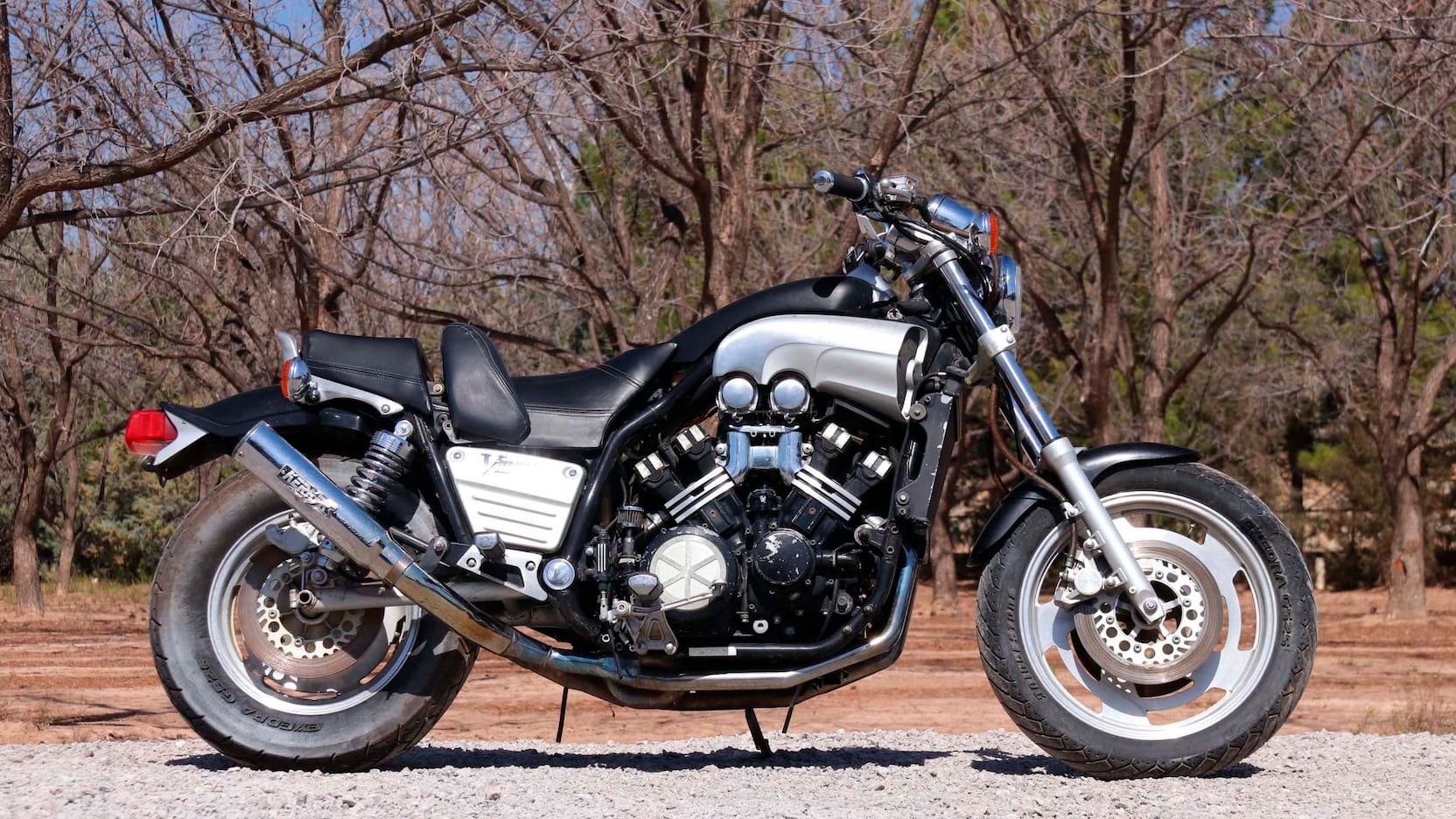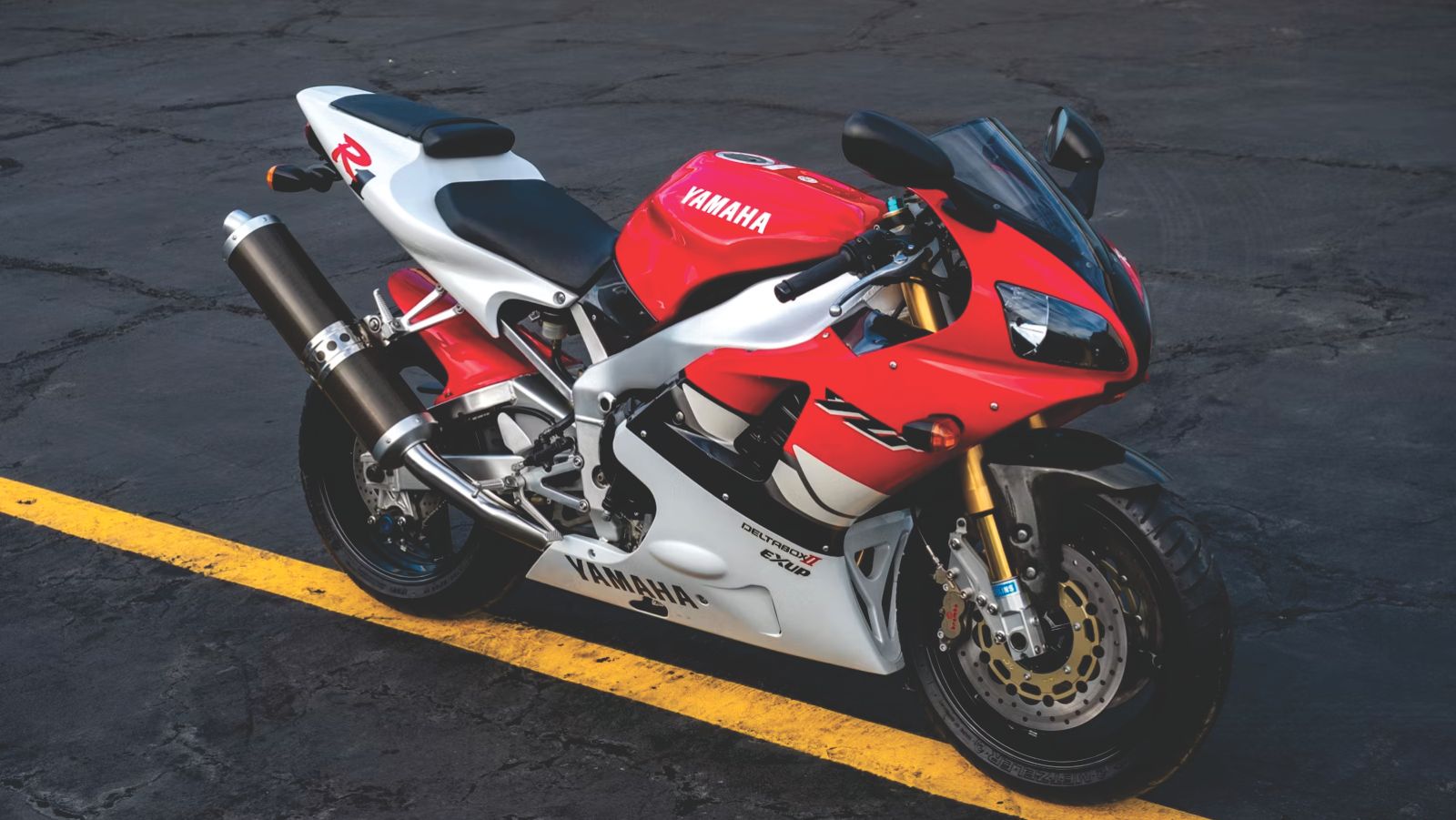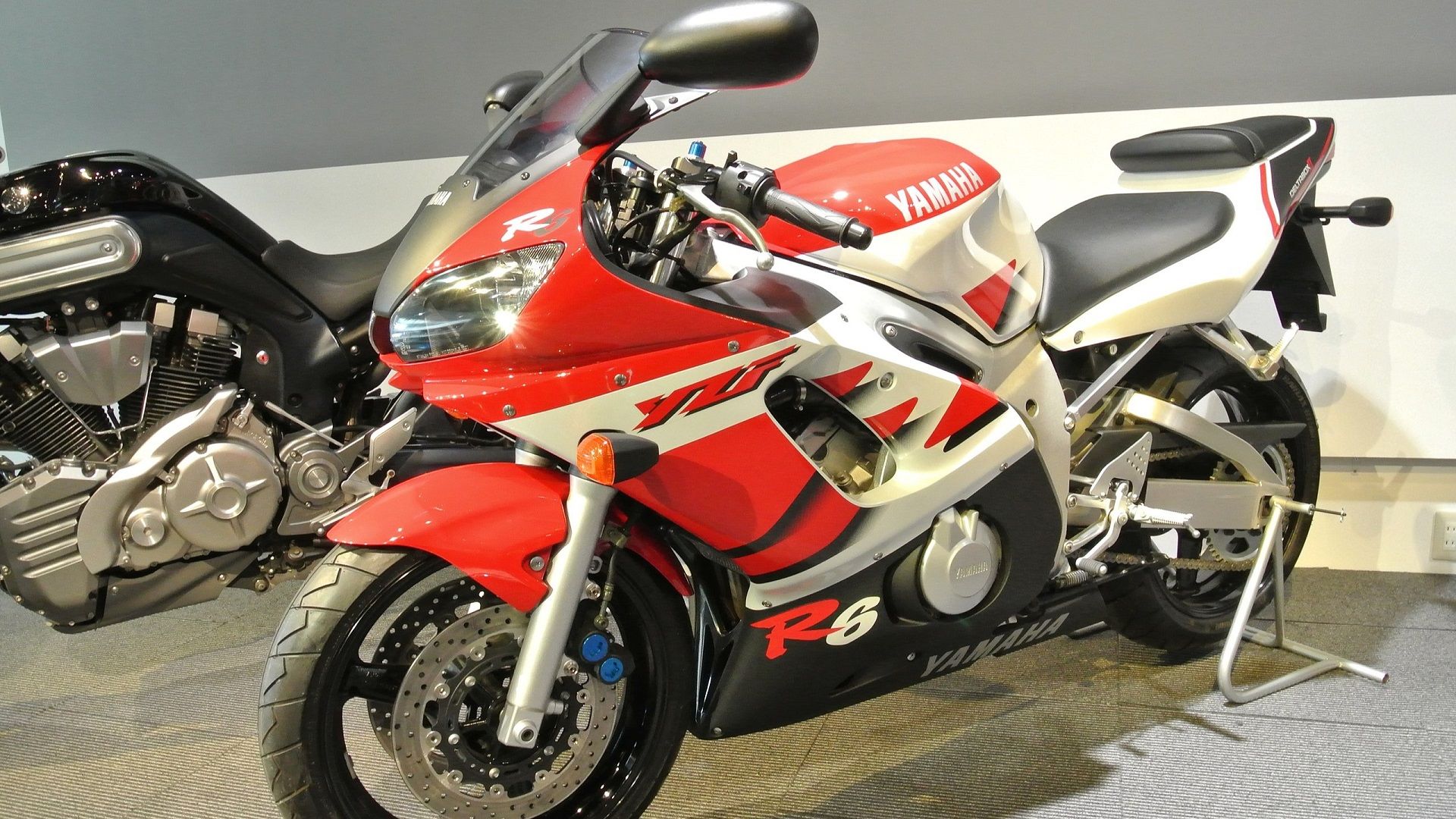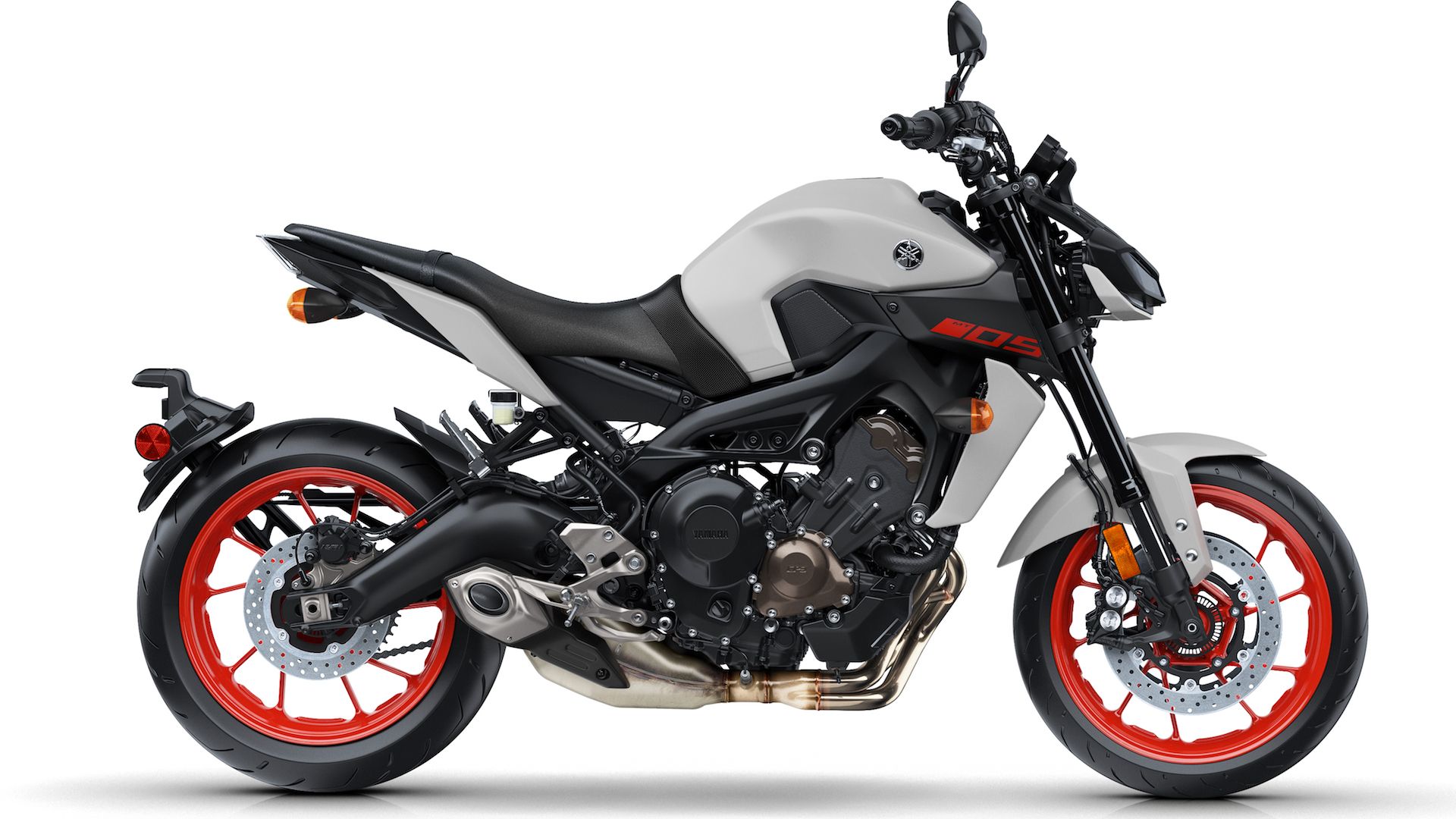The roots of Yamaha motorcycles were planted back in the late 1800s, when Torakusu Yamaha started repairing and then making reed organs and, later pianos: Yamaha today is the largest manufacturer of musical instruments in the world. In 1954, the first Yamaha motorcycle appeared, a copy of the German DKW RT 125 which was also the basis of the BSA Bantam and Harley-Davidson Hummer and the designs for which had been seized as war reparations. As with all the other Japanese motorcycle manufacturers, from these small seeds, a huge motorcycling empire grew, covering every class of motorcycle and including extensive racing success from the 1960s onwards.
10 Yamaha YA-1 - 1955
Unlike great rival Honda, Yamaha utilized two-stroke engine technology from the outset, maybe influenced by the DKW design that inspired its first motorcycle., the YA-1. Launched in 1954, it was from 1955 that sales really started to ramp up and the YA-1 was immediately successful in Japanese production racing and this helped the fledgling concern gain traction in the market. Yamaha would concentrate on two-stroke technology for both road and racing machinery through the 1960s, making as big an impression on the racing world as Honda. The YA-1 put Yamaha on the road to success right from the beginning.
9 Yamaha XS Eleven - 1978
At the time, the Yamaha XS Eleven was the largest displacement Japanese motorcycle in production. In keeping with many Japanese products of the time, the engine was hugely powerful but the chassis left something to be desired. Heavy and powerful, testers of the day all told the same story: "The XS1100 is a solid bullet in a straight line, but cornering at high speeds is done at your own risk." Cycle warned its readers that the bike could “easily go, stop and steer — just never two at the same time.” ‘Which Bike' magazine simply described the XS1100 as having 'a bulletproof motor, and tea trolley handling’. Despite this, the XS Eleven sold well and Yamaha went endurance racing in Australia to prove the concept. Even being seen as more of a touring bike, the big Yamaha still managed to win against more suitable machinery from Honda and Suzuki.
8 Yamaha RD350LC YPVS - 1983
Yamaha continued with two-stroke technology for its performance road bikes long after the other Japanese manufacturers had turned to four-strokes. The RD350LC YPVS featured Yamaha’s power valve technology to boost power output to a frankly incredible 59 horsepower, pushing along 328 pounds of wet weight. The RD350’s performance was explosive, although chassis technology of the time still lagged behind. However, it was still good enough for one-make race series to spring up all over the world, which gave up-and-coming racers the chance to prove themselves against opposition on a level playing field.
7 Yamaha RD500LC YPVS - 1984
500cc Grand Prix technology for the road. It’s not often that manufacturers built road-going versions of their 500cc GP racers, but that’s exactly what Yamaha did with the RD500. The engine was the key to the RD’s appeal: a 500cc, V4 two-stroke producing 88 horsepower, pushing along 436 pounds. All of a sudden, you were Kenny Roberts, Eddie Lawson or Wayne Rainey taking part in the High Street Grand Prix: it was the ultimate motorcycle for race fans. The success of the Yamaha prompted Suzuki to produce the RG500 Gamma and Honda the NSR400 in 1985, but the RD500 was the original and, many would say, the best.
6 Yamaha V-Max - 1985
If the XS-Eleven was all about power over chassis dynamics, then the V-Max took that concept to its not-so-logical conclusion. Yamaha made no bones about the fact that the V-Max was all about straight line speed and had seemingly chosen to forget that motorcycles also need to go round corners as well! For its day, 145 horsepower from its 1,197cc V-Four engine (and that’s genuine, rear wheel horsepower, by the way) was huge, as was its top speed of 149mph. The V-Max lasted until 2019, by which time the engine had grown to 1,679cc and 173 horsepower at the rear wheel. Thankfully, by this time, chassis technology had caught up with the engine and the VMAX rider cold now be confident that they would at least survive the cornering experience.
5 Yamaha XTZ750 Super Ténéré - 1989
In the late 1970s, the Paris-Dakar Rally created a new breed of dual purpose road bikes, and it was Yamaha who won the first two competitions in 1979 and 1980 with the XT500 single-cylinder model. In 1989, Yamaha produced a dual sport road bike based on the Paris-Dakar models: the XTZ750 was powered by a 750cc parallel twin engine, producing 69 horsepower and 49 foot pounds of torque. It departed from conventional thinking by having five valves per cylinder. In its 750cc guise, the racing version of the XTZ, called the YZE750, won the Paris Dakar again in 1991, while the larger-engined YZE850 won the race six times in seven years up to 1998.
4 Yamaha YZF-R1- 1998
When the Yamaha YZF-R1 was launched, it took the FireBlade recipe of light weight and compact dimensions and knocked it out of the ballpark: the size and weight of a 400cc sports bike, the handling of a 750cc and the power of 1000cc. The four-cylinder, 20-valve engine was extremely compact, largely due to the gearbox positioning, with the gear shafts stacked up behind the cylinder block and making the engine that much shorter, meaning the swing-arm could be longer for the same wheelbase which, together with longer-than-normal forks, helped with stability, meaning that all the power could be accessed safely. The original R1 weighed 190kg and the engine produced 150 horsepower. Fast-forward to 2022 and the R1 is lighter, at 177kg and the engine now produces 200 horsepower.
3 Yamaha YZF-R6 - 1999
Back in 1998, the Supersport class was huge, with Honda, Suzuki, Kawasaki and Yamaha all having entries. But whereas its rivals’ products were not overtly sporty, Yamaha saw that extreme race replicas for the road were where things were going thanks to the popularity of production-based race series such as the British and World Superbike series and the R6 was the result. Looking for all the world like a small R1, the frame was as light as possible and the engine pushed out a claimed 120 horsepower with an overall weight of 372 pounds. Suspension was fully adjustable, and the brakes were hugely powerful, while the handling was razor sharp. It’s much sought-after today, even if many will have led a hard life.
2 Yamaha MT-09 - 2014
OK, so the last two models aren’t ‘classic’ in the strict sense of the word, but they are sure to become two of the best-loved Yamaha classic models in the years to come.The MT-09 was one of the first all-new motorcycle models to appear after the financial crisis of the late 2000s, which gave Yamaha a head-start over its rivals. The new, liquid-cooled, four-stroke triple put out 115 horsepower which might not sound like a lot, but it was the way the engine delivered its power that made it special: full of low- and mid-range torque to give sparkling acceleration in any gear at any speed. The MT-09 gets better with age, and along with the Tracer and XSR variants, not to mention the three-wheeled Niken, the MT-09 is one of those bikes that has you wondering why you need anything with a bigger, more powerful engine.
1 Yamaha MT-10 - 2022
Unlike the MT-07 and MT-09, which were all-new models in their own right, introducing new engines and chassis, the MT-10 was, in essence, an R1 with the bodywork stripped off to make a naked sports bike in the old tradition. Short and stubby Transformer-type looks hid a 160 horsepower version of the R1’s cross-plane crankshaft engine, re-tuned to give mountains of low- to mid-range torque and a thrilling soundtrack. Traction control and ABS were to be expected, but cruise control was a surprising, but welcome, addition. Absolutely insane on road or track but with everyday practicality from the riding position and Yamaha levels of build and engineering quality. SP versions added Öhlins semi-active suspension and newer versions look even more radical and have mountains of tech.

